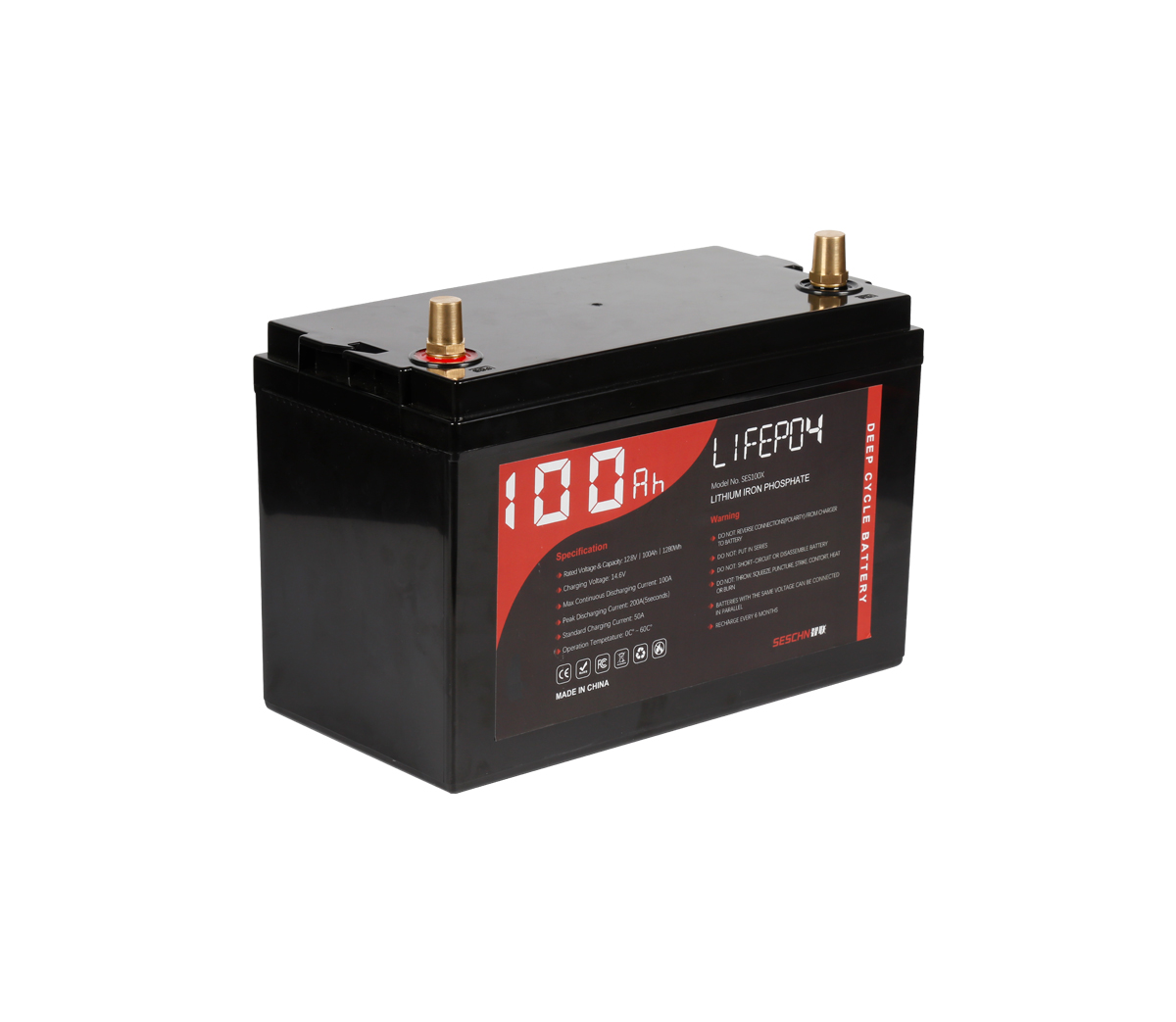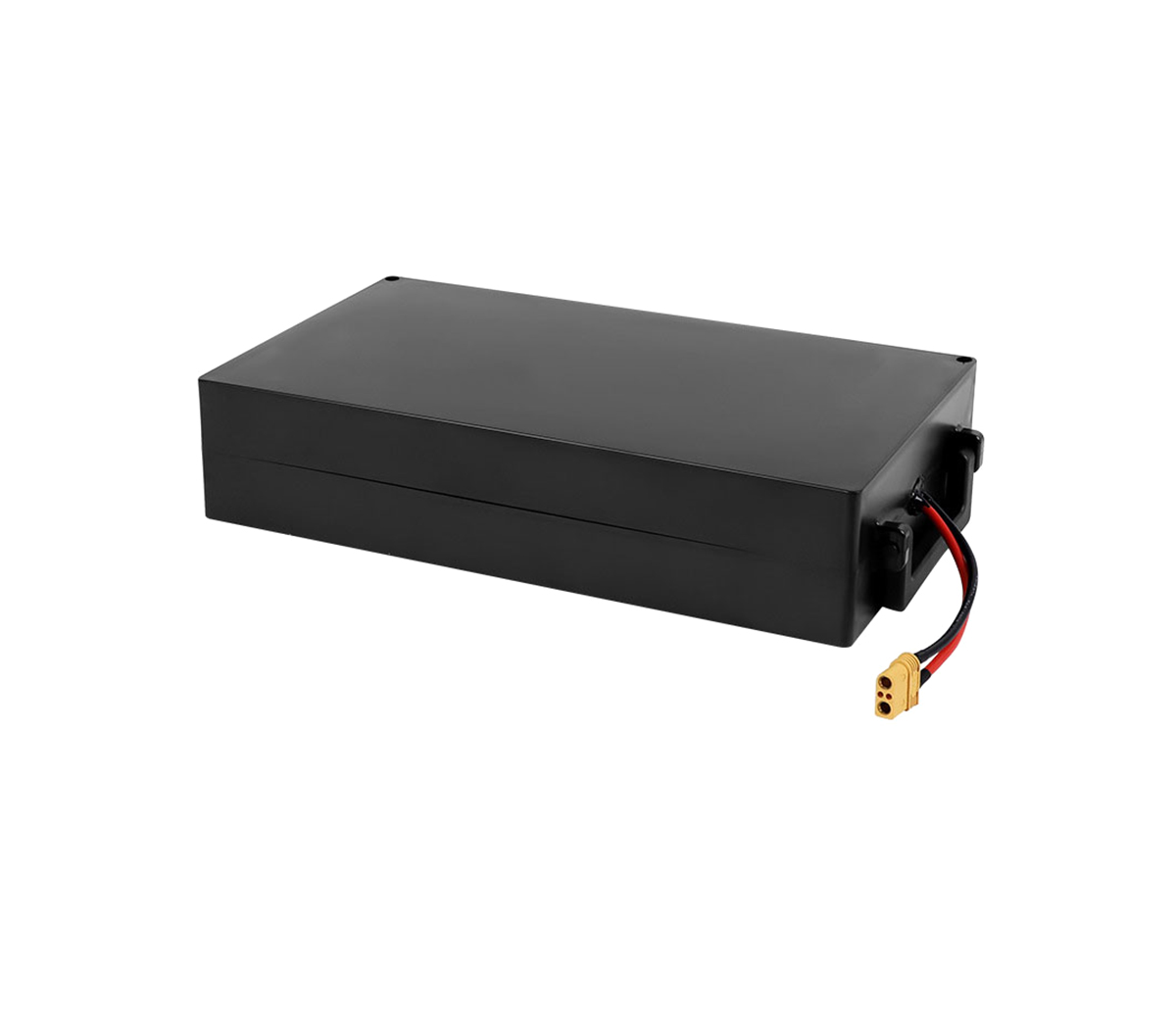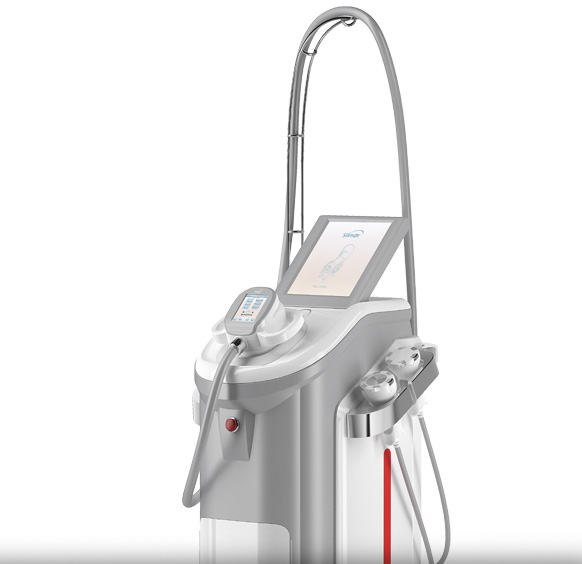The most comprehensive analysis of the echelon utilization and recycling of
lithium batteries
Mechanical sorting method: mechanical tool cracking sugar screening, direct
sorting. High temperature solution: burning at high temperature to form a heat
shrinkable dry method. Dry repair: secondary processing of the recovered crude
product into a material wet method (chemical method): lithium battery echelon
The most comprehensive analysis of utilization and resource recovery:
separation, dissolution and extraction with chemical reagents
Chemical extraction: separation with reagents
Ion exchange: exchange with ions
The problem of biological recovery technology: It is mainly leaching with
suction, which is relatively difficult at present and technically difficult.
method. As mentioned before, the cost of wet method is relatively high, but the
recycled materials are probably relatively high, and each has its advantages and
disadvantages.
1. The United States: extended producer responsibility + consumer deposit
system, the most comprehensive analysis of the echelon utilization and recycling
of lithium batteries
Take Tesla Motors as an example. In 2015, it released POWERWALL for the
ladder market and used it as a secondary use of lithium batteries.
2. Germany: The producer assumes the main responsibility. The analysis of
battery echelon utilization and recycling is the most comprehensive
Take Bosch as an example. In 2015, it started to recycle batteries in
cascades, and by 2018, the recycling rate was over 50%.
3. Japan: alarm clock + battery production enterprise field
The most comprehensive analysis of the echelon utilization and recycling of
lithium batteries
Japan has issued a national alert to the range of battery production
companies' recycling. To Toyota, Toyota Motor is the production base for hybrid
vehicles. It started to recycle used batteries in 1998. There are three main
steps for its recycling: first establish a recycling network, and then use the
used batteries of Toyota Camry Hybrid Evaluation Vehicles in Yellowstone Park in
2015. The facility is powered by batteries, and the battery battery management
system has been redesigned to extend the battery life to 85KWh and extend the
battery life.
4. Lead-acid battery recycling
Abstract: In the production process of lithium-ion batteries, the following
factors must be paid attention to. After the lithium-ion battery is released, it
is chemically formed. The formation conditions are more critical, focusing on
the packaging of SEI film. Generally speaking, each manufacturer has its own
formation conditions;
In the production process of polymer lithium ion batteries, the following
factors must be paid attention to. After the polymer lithium-ion battery is
produced and packaged, it is the cause. Comparing the conditions of formation,
it involves the formation of SEI film to prevent the spontaneous reaction
between the renewal and the initial solution; at the same time, it can also make
the active material and the gas have a good contact. Generally speaking, each
manufacturer has its own chemical conditions.
Polymer Lithium Ion Battery/Raw Materials
1 For the unification of the unity, in addition to the use of organic
binders, water-absorbing polymers can also be used as binders. Schematic diagram
of the structure of AMAC dimethyl ammonium chloride. It has certain chemical
properties with polyvinylidene fluoride, and the conductivity is improved by
dispersing on the surface. The SE 2 conductive agent in organic solution has
better dispersibility. For example, for LiMn2O4, the use of new technology and
traditional technology can better ensure the popularization of conductive
agents, with low microbial performance, high capacity and better rate. The
relationship between the capacity and discharge rate of LiMn2O4 positive
electrode prepared by different processes.
3. For natural graphite//LiFePO4, the capacity of natural graphite should
be equivalent to the sum of the capacity of natural graphite and the life
required for SEI film formation. According to different materials, the thickness
of the coating also has different requirements.
4 The polymer of the existing product still uses the carbon compound
solution plasticizer of LiFP6 as an ion battery. It will occur under the
temperature (80~100℃), under the generation of a trace amount or alcohol, and
produce some metal fluoride which will be heated. Decomposes on the composite
oxide of silicic acid or lithium.
5 During the formation and circulation of polymer lithium-ion batteries,
swelling will also occur. If magnesium lithium is used as the positive
electrode, the swelling phenomenon is 4V, which is the main reason that the
electrolyte is reduced below. Of course, when it is charged at any time, high
prices will also generate gas. The flatulence of magnesium lithium oxide should
obviously appear manganese lithium Ni0.80.1Co0.1O2. Afterwards, bloating will
begin to occur above 32V. , A specific user said that it is necessary to avoid
the occurrence of flatulence. This is an indicator mainly when selecting
materials.


































